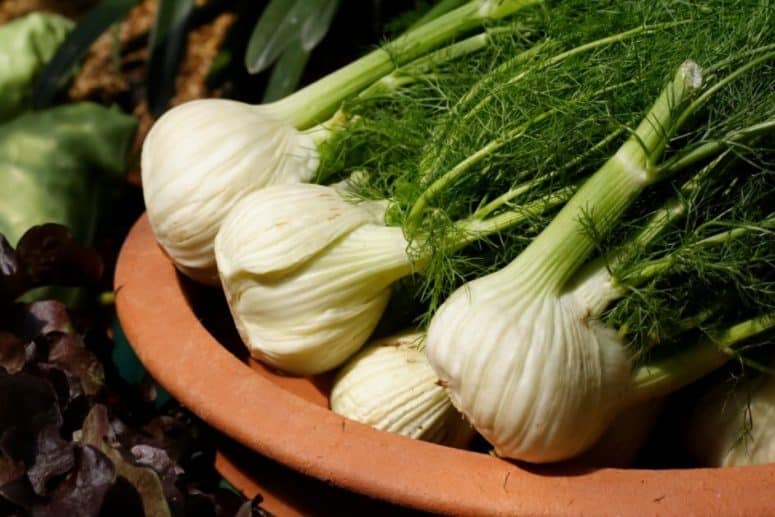Fennel is an herb with various edible parts, including the bulb and flower, making it a versatile ingredient. Its feathery leaves resemble those of dill, and it belongs to the root vegetable family, similar to carrots.
The beauty of fennel lies in its adaptability, allowing you to enjoy it in numerous culinary preparations. With its status as a root vegetable, cultivating fennel at home can be a rewarding endeavor.
In this article, we will explore the process of growing fennel in your own garden. However, before we delve into the necessary steps, let’s first acquaint ourselves with the different varieties of fennel.
Fennel Varieties
Prior to embarking on the fennel planting journey, it is beneficial to familiarize oneself with the diverse array of fennel varieties. These variations offer distinct qualities and thrive differently depending on your specific hardiness zone.
Sweet Fennel (Foeniculum vulgare)
The common fennel, often referred to as sweet fennel, boasts a sizable stature, capable of reaching heights of up to 5 feet. During the summer season, it adorns itself with vibrant flat yellow flowers that serve as an irresistible attraction for butterflies. Sweet fennel, along with other fennel varieties, demonstrates resilience and can thrive within the plant hardiness zones ranging from 4 to 9.
Purpureum Fennel (Foeniculum vulgare ‘Purpureum’)
Rubrum fennel, commonly known as Purpureum fennel, is renowned for its captivating purple-bronze foliage, which adds a striking aesthetic appeal to any garden.
During the mid to late summer months, this variety showcases its beauty by blossoming delicate flowers that eventually give way to aromatic seeds. With its hardiness spanning from plant hardiness zone 4 to 9, Purpureum fennel proves to be a resilient and adaptable choice for gardeners in various regions.
Fennel Cultivation
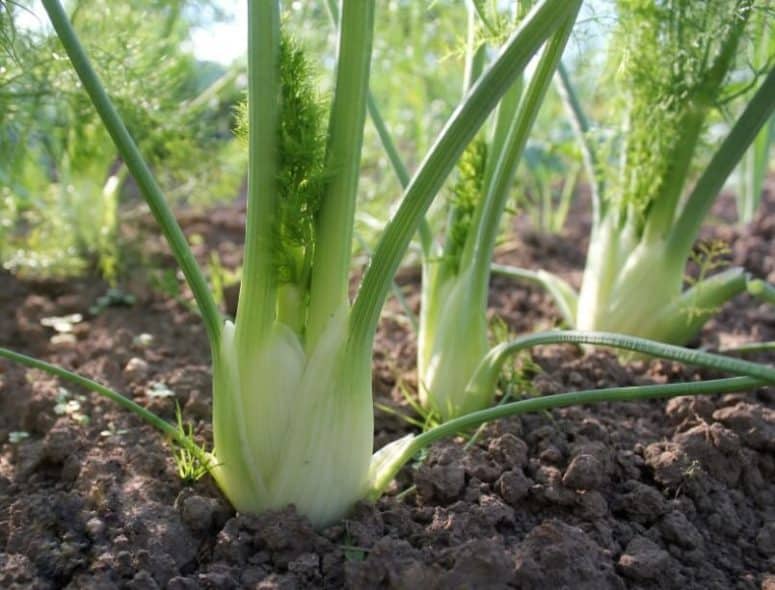
-
Soil Requirements
Fennel, much like other herbs, thrives in soil that is moist and well-drained. It is important to ensure that the soil pH is within the preferred range for fennel, which leans towards the slightly acidic side, ranging from pH 5.5 to 6.8. Taking these soil conditions into consideration will create an optimal environment for the growth and development of fennel.
-
Sun Requirements
To achieve optimal growth for your fennel, it thrives when exposed to full sunlight. It is essential to provide abundant sunlight as fennel does not tolerate shady conditions. Placing it in a shaded spot can cause the plant to become weak, resulting in floppy and elongated stems.
-
Hardiness
Fennel exhibits hardiness within the USDA hardiness zones 4 through 9. It is crucial to determine the specific hardiness zone of your region to ascertain whether fennel can thrive successfully in your area. Being aware of your zone will help you make informed decisions regarding the suitability of fennel cultivation in your particular location.
-
Water
Once the soil surrounding your fennel plant has dried out, it is important to water it regularly. However, exercise caution and avoid overwatering the soil during fennel planting, as excessive moisture can lead to the occurrence of root rot. Striking a balance in watering practices will promote the health and vitality of your fennel plant.
-
Fertilizer
Fennel, being a versatile and adaptable herb, has relatively modest nutrient requirements. While it doesn’t necessarily require fertilization, especially during its growing season, providing your fennel with regular nutrients or a modest amount of fertilizer can still be beneficial. This additional nourishment can support the overall health and vigor of the fennel plant, ensuring optimal growth and development.
-
Mulch
-
Pruning
Pruning plays a vital role in promoting robust growth among herbs, including fennel. To encourage enhanced growth, it is recommended to prune fennel by cutting it back during the early season.
By engaging in regular pruning, you not only stimulate new growth but also prevent fennel from producing an excessive amount of seeds, which can lead to unwanted self-seeding. Embracing the practice of pruning ensures that your fennel plants remain healthy, productive, and focused on optimal foliage and bulb development.
-
Division
Root division serves as a viable method for propagating fennel during cultivation. This process involves vertically splitting the fennel plant and planting the divided segments into the soil during the autumn season. By doing so, these segments will have ample time to mature and develop throughout the following year.
After dividing the fennel, it is crucial to provide regular watering, especially during dry periods, to ensure optimal growth and hydration. Additionally, diligent weed management is necessary to keep unwanted weeds at bay within the fennel beds, allowing the divided plants to thrive without competition.
Best Methods to Grow Fennel
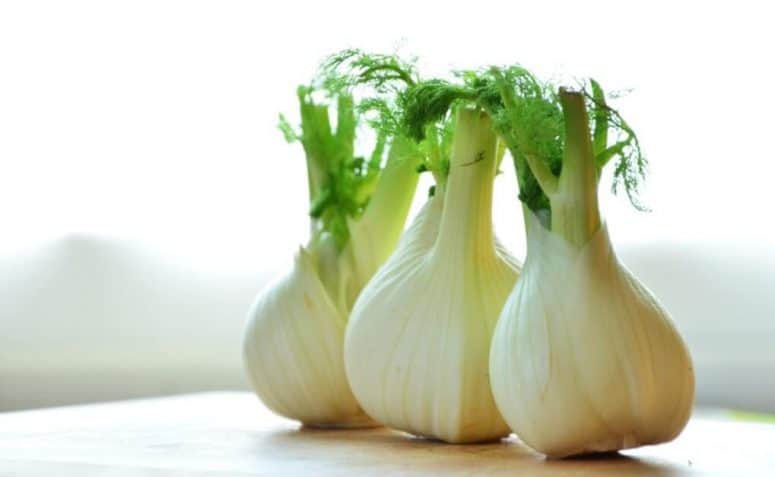
Stem Cutting
One popular and effective method for growing fennel is through stem cuttings. This involves taking a cutting from an existing fennel plant and planting it to establish a new plant.
To propagate fennel through stem cutting, carefully remove a portion of the fennel plant, ensuring that it includes some roots. Place the cut end of the stem in a jar of water, with the base facing downwards.
Position the jar in a sunny location within your home and remember to change the water every day or two. This practice helps prevent the water from becoming stagnant or developing rot and mold, ensuring optimal conditions for the cutting to develop roots and grow into a new fennel plant.
Growing from Seed
The most straightforward and convenient approach to growing fennel is by starting from seeds. It’s the preferred and easiest method to establish your fennel plants.
To begin, sow the fennel seeds directly into your garden during the early season, preferably after the last frost has passed, typically in late spring. Ensure you space the seeds adequately, keeping a distance of 10 to 12 inches between each seed.
Germination is essential for the seeds to sprout, and fennel typically takes around 8 to 12 days to germinate.
Alternatively, you can opt to start the fennel seeds indoors, providing them with a moderate amount of light. Once the seedlings have developed and are sufficiently hardened off, they can be transplanted into your garden for further growth and development.
How to Care for Fennel
Embarking on the journey of herb cultivation entails a commitment to their well-being, encompassing various aspects such as pest management, disease prevention, propagation techniques, harvesting practices, and proper herb storage. To ensure the success and longevity of your herb garden, it is essential to equip yourself with the knowledge and skills necessary to address these aspects of care effectively.
Pests/Disease
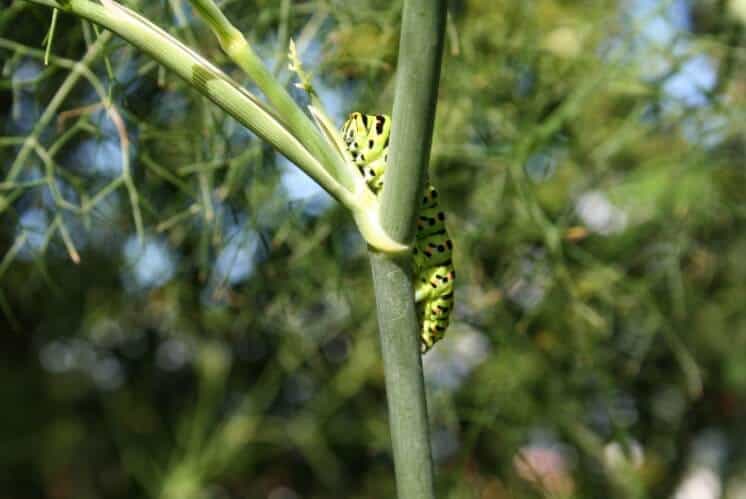
Propagating Fennel
There are a couple of methods to regrow fennel: growing from seed or using cuttings.
To grow fennel from seed, it is advisable to sow them in the early season, ensuring a spacing of 10 to 12 inches between each seedling. This spacing not only promotes optimal growth but also helps prevent the onset of fungal diseases. Alternatively, you can propagate fennel through cuttings.
For the cutting method, trim back the fennel plant and place the segmented portions in a jar of water, allowing them to grow and develop roots.
While fennel is not easily divided, starting from seed is typically the preferred approach. Fennel seeds have a relatively short germination period and establish quickly, making it an efficient method for regrowing fennel plants.
Harvesting Fennel
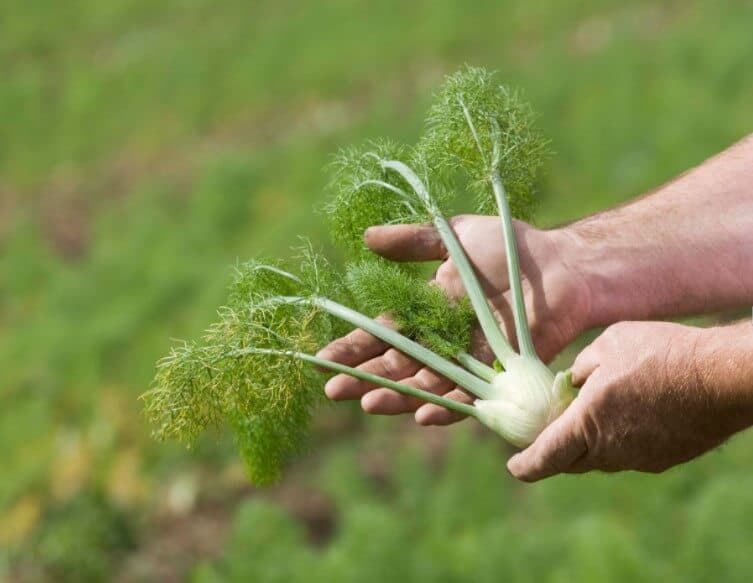
Storing Fennel
